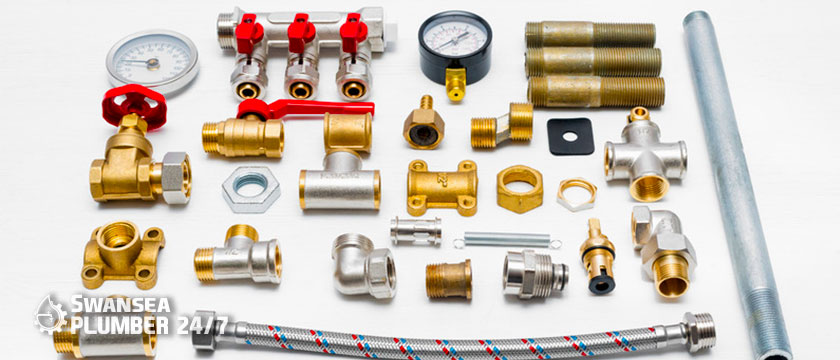
20 Jan. 22
Should You Adjust Your Water Heater Temperature?
Nobody enjoys taking a cold shower. Even worse is being scalded when using hot water. Setting the temperature on your water heater correctly is important not only for your health and safety, but also for saving money on your utility bill.
Here’s how to change the temperature on your water heater to save money and protect your skin.
The proper temperature range
There are several reasons why your water heater should be set to a specific temperature range. If it’s set too low, not only will your hot water feel lukewarm, but it may also promote bacterial growth, which can lead to diseases such as Legionnaires’ disease.
This can be avoided by adjusting the temperature of the water heater so that the bacteria Legionella cannot grow. To reduce the growth of Legionella and other microorganisms, the Occupational Safety and Health Administration (OSHA) recommends that water heaters be set to at least 140 degrees Fahrenheit (60 degrees Celsius).
While you may be tempted to simply turn up the heat, hot water is potentially more dangerous, especially if you have children in the house. It only takes two seconds for third-degree burns to occur at 150 degrees Fahrenheit (66 degrees Celsius). To avoid scalding, the Consumer Product Safety Commission (CPSC) recommends keeping the water heater temperature no higher than 120 degrees Fahrenheit (49 degrees Celsius). Not to mention that a water heater that is set too high can increase your electricity bill unnecessarily.
Of course, each home is unique. The greater the distance between a faucet and the water heater, the more heat is lost as the water travels, especially if the pipes aren’t insulated. To compensate, you may need to raise the temperature above the recommended 120 degrees Fahrenheit (49 degrees Celsius).
When deciding on a temperature, use your best judgment for your family and household. It’s best to keep the temperature between 120 and 140 degrees Fahrenheit (49 to 60 degrees Celsius). Make a change, test it, and repeat until you’ve found the ideal temperature setting for your home and water heater.
Temperature control of a water heater
The interface for adjusting the temperature on a water heater will differ depending on the type and model. Fortunately, most types of water heaters can be adjusted in the same way.
Most newer gas and electric water heaters, for example, have a thermostat hidden behind an insulated access panel. Electric water heaters frequently have two thermostats, one on top and one at the bottom of the tank. Furthermore, most tankless water heaters include a display with a temperature readout and temperature control knobs.
Regardless of the type of water heater, you should always test the water before making any changes. Turn on the water in the bathroom or kitchen sink and leave it running until it reaches a full temperature. Then, to get an accurate reading, place a thermometer under the water.
Tankless
Adjusting a tankless water heater is similar to adjusting your air conditioner’s thermostat. Adjust the temperature using the digital control panel as needed.
Water heaters, either gas or electric
Some gas water heaters have a dial near the bottom that you can turn to adjust the temperature – no tools required. Most newer tank water heaters (gas or electric) are a little more complicated, but it’s still simple and should only take a few minutes.
Begin by turning off the water heater’s power at the circuit breaker.
Locate the thermostat(s) access panel and remove it with a screwdriver.
Remove the insulation.
To adjust the thermostat, use a flathead screwdriver.
If your water heater has two thermostats, set them both to the same temperature. The upper thermostat should be set a few degrees higher than the lower thermostat.
Reinstall the access panel and replace the insulation.
Reconnect the power to the water heater.
You may need to relight the pilot light on a gas water heater.
Wait at least three hours after making an adjustment before testing the water temperature again. You may need to make additional adjustments to achieve the desired temperature.
If you’ve increased the temperature and are still getting cold showers, your hot water heater may need to be serviced or replaced. You can contact central heating swansea experts anytime.


